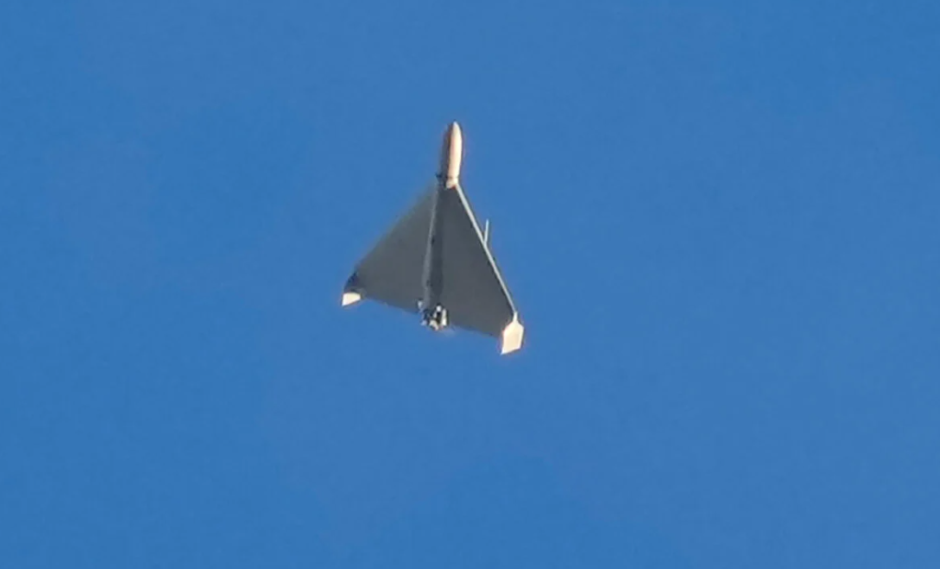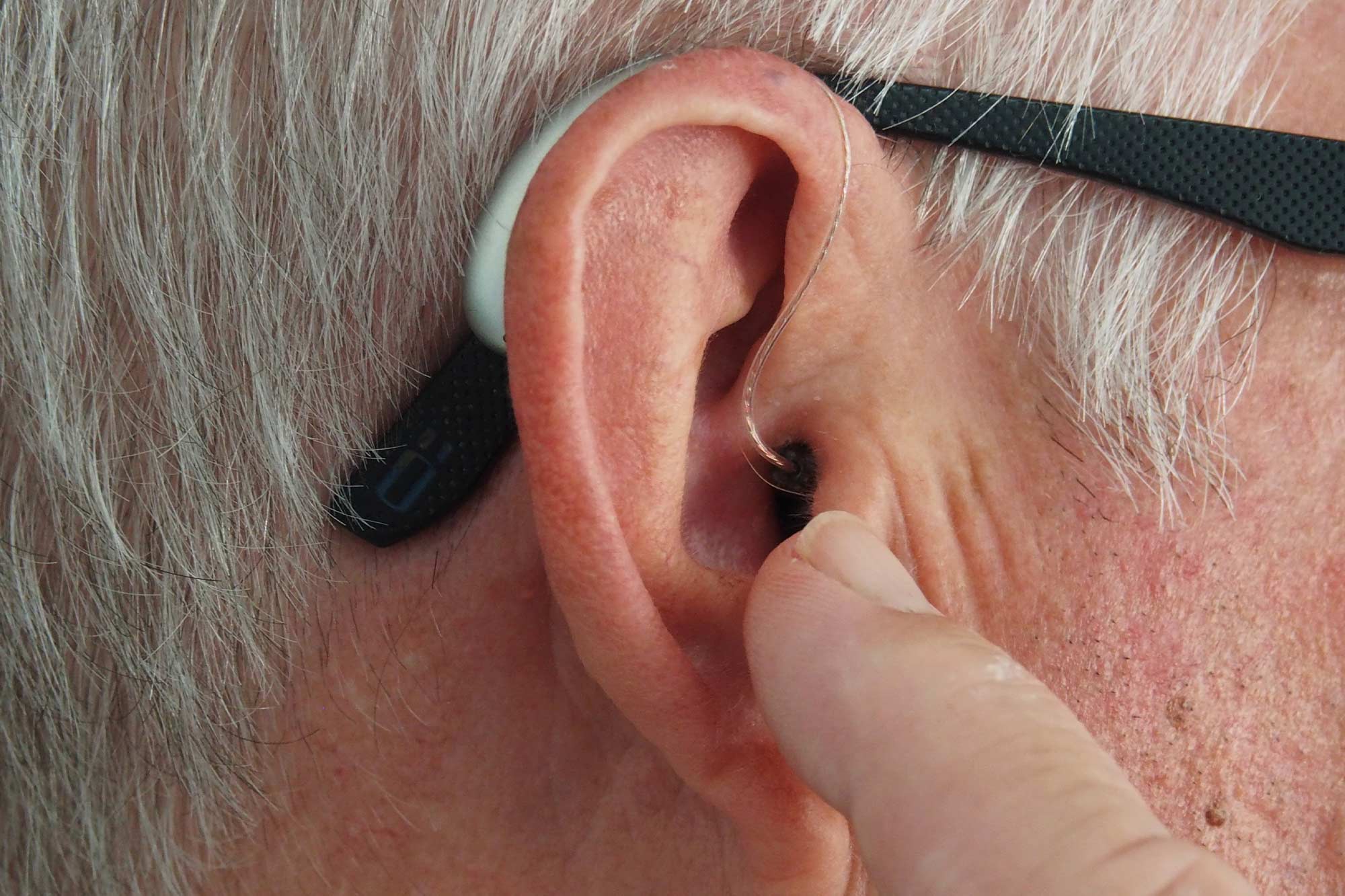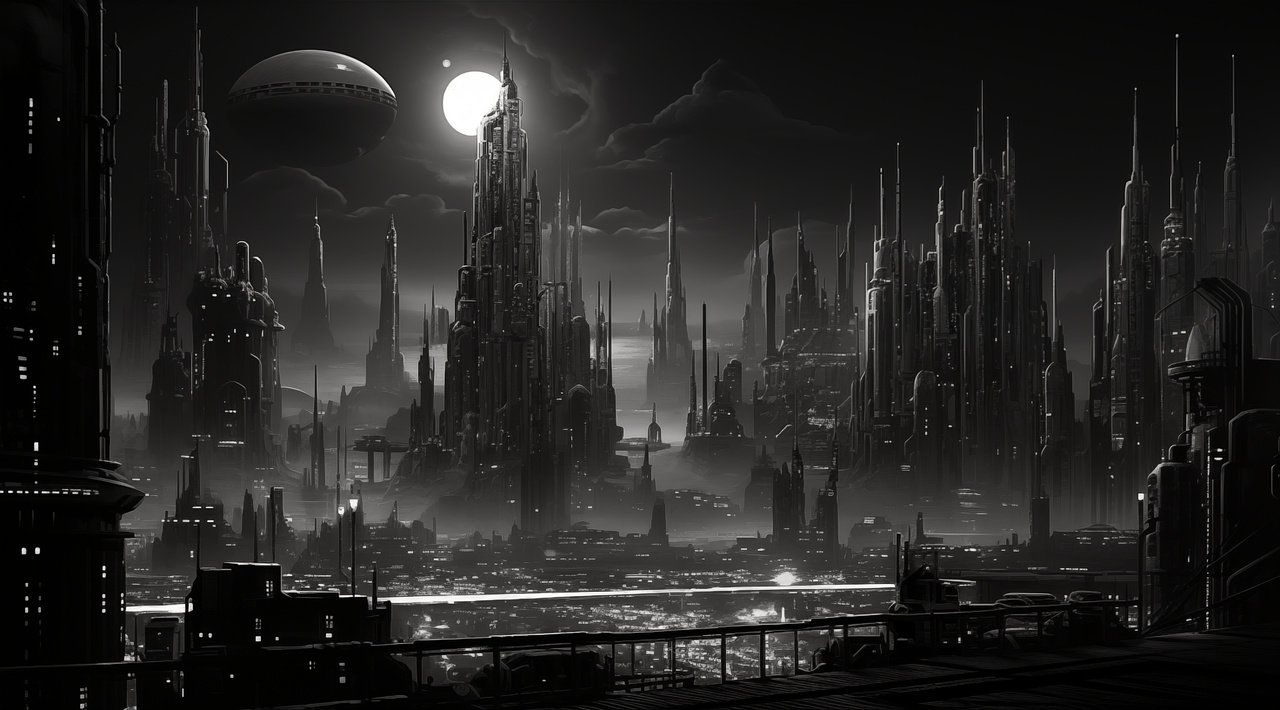The possibility of developing smart life has always been a discussion in the scientific community. Traditional “critical steps” (“difficult steps”) shows that the emergence of smart life is the result of a series of very unlikely events, so they are rare in the universe. However, the other research wonders about this opinion and indicates that the development of smart life forms may be more likely than we thought previously.
The theory of “critical steps” and its challenges
the Popular science According to Brandon Carter in 1983, the theory of “critical steps” claims that there are many very unbearable events to develop smart life, such as the appearance of mono -cell organisms, the production of oxygen in the atmosphere by optical representation, the formation and appearance of complex multi -cell organisms. Each of these events can be considered a “critical step” that greatly reduces the possibility of smart life.
clarification. Distinctive image: Alex Schuller/Pixiabay
However, a new study is Science progress It was published in a magazine, and asked about this theory. The researchers, including Dan Mills and Jennifer McCalade, notes that developing smart life forms is more due to the gradual changes in the environmental conditions of the planet rather than a series of unbearable events. This means that if the planet has the right attributes, then the emergence of smart life can be an inevitable result.
The basics of the new theory
According to alternative theory, the formation of smart life forms on Earth can be explained by the gradual opening of the planet's habitat windows. These windows are associated with environmental changes such as nutrient availability, sea surface temperature, ocean salt content and oxygen levels in the atmosphere. Since these conditions have become sufficient, the development of complex lifestyles was relatively fast.
This indicates that the emergence of smart life is not the result of an unbearable series of events, but it is a natural result of the appropriate environmental conditions.
Convices and research in the future
This new perspective can have a major impact on astronomical research and the search for a smart life outside the Earth. If the appearance of smart life is already a natural result of the development of planets, there may be more intelligent civilization in the universe than we previously thought. The increasing number of outer planets, especially those in the habitat area, enhances this opportunity. Future research aims to determine the environmental conditions that can enhance the development of smart life and how to identify and study these planets.
The new theory encourages us to rethink the possibility and spread of smart life in the universe, and to continue researching to find answers to one of the greatest questions to humanity: Are we alone in the universe?
It is worth reading:












































